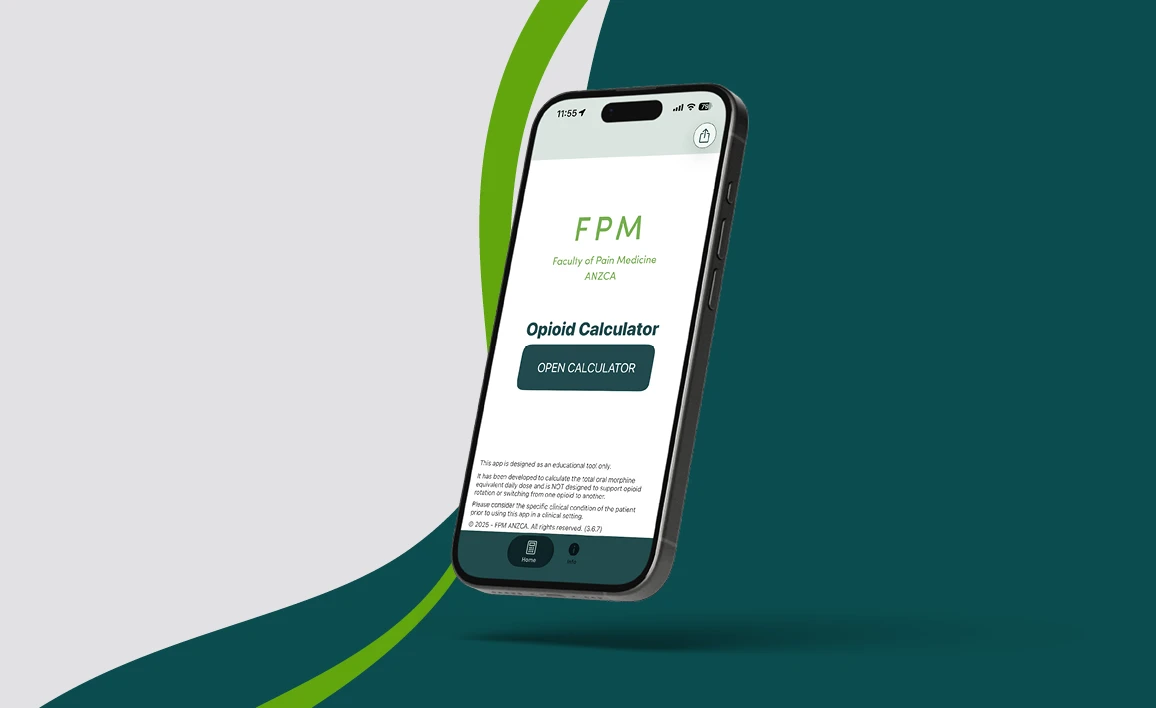FPM issues joint statement on best-practice management of endometriosis and pelvic pain

The faculty has joined the Royal Australian and New Zealand College of Obstetricians and Gynaecologists (RANZCOG), the Australasian Gynaecological Endoscopy and Surgery Society (AGES), the Australian Pain Society (APS) and the New Zealand Pain Society (NZPS) to issue a statement on contemporary, multidisciplinary care for endometriosis and persistent pelvic pain.
The joint statement follows the 10 November release of the faculty’s statement welcoming the Victorian Government’s Inquiry into Women’s Pain: Bridging the Gender Pain Gap.
The joint statement focuses on strengthening interdisciplinary clinical care across Australia and New Zealand. The five organisations acknowledge the significant insights gathered from the inquiry, stating:
“This group recognises that women with pain are their own experts in pelvic pain and will endeavour to partner with them to improve their lives. We recognise that they have felt dismissed and we will do better in hearing their needs.”
The statement highlights the need for nationally consistent standards, clearer non-surgical pathways and improved access to multidisciplinary teams including gynaecology, pain medicine, physiotherapy, psychology and allied health.
FPM Dean Dr Dilip Kapur emphasised the importance of early, equitable and whole-person care, noting:
“Persistent pelvic pain should be recognised as a persistent pain condition in its own right. Best practice care requires timely access to whole-person, multidisciplinary management incorporating medical, physiotherapy, psychological and pain science-informed interventions. Prioritising early, equitable access to these evidence-based approaches will improve outcomes and reduce harm.”
The five organisations affirmed their commitment to working with governments and health systems:
“RANZCOG, AGES, FPM, APS and NZPS welcome the release of the report and look forward to collaborating with both the Victorian Government and other jurisdictions across Australia and Aotearoa New Zealand more broadly to deliver better health outcomes for women and girls living with pelvic pain.”




